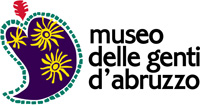History of area
MILLENNIA IN NATURE: the strategic area.
The farmhouse is located on an important archaeological site that goes from the early history, the period of Italics, then move on to that of ancient Rome, to these days. All thanks to the particular conditions of the strategic position due mainly to two factors: the combination of “sea and mountains” and the deep canyon that cuts through the chain of the Apennines mountains (the” Gorge of the Three Mountains”).
The close proximity to the mountains (with the three highest peaks of the Apennines), as well as the nearby coast, eased Protohistoric and Italics populations in their agro-forestry-pastoral activities. In fact it was easy for them to practice “vertical transhumance”, alternating green pastures in the summer to share more mitigated coastal land where to winter the cattle in the cold season.
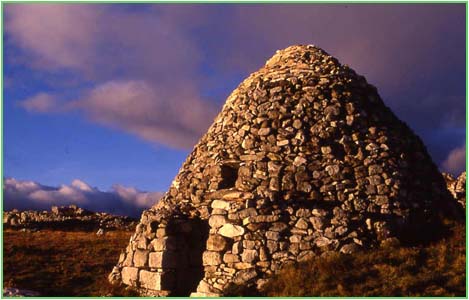
From a street perspective the ability to cross the mountains without having to climb in altitude, taking advantage of the “Gorge of the Three Mountains” (today a strategic thoroughfare of the motorway “Rome-Pescara” and of the Statal road “Tiburtina Valeria”), represented an extraordinary power point to those areas. The easy link between the Tyrrhenian and the Adriatic coast, especially during the ancient Roman period, made of this area an important road junction, always “lived” over the millennia and rich becouse of the inevitable businesses and activities that took place there.
Both of these factors have determined the strength and wealth of the area in the millennia and are still among the most important strengths of our accommodation. For those who stay with us, in fact, it is very easy to move into the territory to explore this fascinating region, being able to switch within half an hour in the high mountains – with its unspoiled landscapes and ancient medieval villages (whose life still showing ancestral habits) – to the modern coast, with the beauty of the sea and the services of its major cities. The proximity to modern ways of communication of our time, which inevitably pass close to (the highway and the statal speed road), “cut” even more to our guests the time it takes to them travel from one part to the other of the territory and make even more incredible to switch from one type to another panorama, thanks to the extraordinary and almost unique variety of BIODIVERSITY that characterizes our region on the international scene. History and nature live “arm in arm”, all at your fingertips.
In fact, within our own farmstay has been brought to light a village between the years 1974-78 dating back at the end of the Bronze Age (XI – VIII century BC.), whose finds are preserved and exhibited mostly at the museum of the Abruzzo Population (museo delle “Genti d’Abruzzo) in Pescara and still are the subject of ongoing studies and excavations by the Archaeological Superintendence of Chieti and by the University of Pisa. The village consisted of a series of oval huts (7 of which are already the subject of excavations) that have yielded numerous objects, including ceramics belonging to the culture protovillanovian and utensils for daily use as fuseruole for spinning wool, loom weights, needles, special cheese vases, millstones, all instruments evidencing a kind of agro-pastoral economy. The numerous findings of deer antlers and teeth of a bear witness that, as well as farmers and ranchers, these residents were also occasional hunters in the nearby mountains. Some fragments of pottery are still easily observable looking at the ground surface, especially after plowing.
Besides these common objects were also found Italic tombstones and a rare protohistoric menhir, which are stored in the farmstay behind the “manor-House” (“casa Padronale”). The menhir, driven into the ground behind the house, is one of the worship stones (religius) found in Abruzzo (the most important can be seen in the nearby necropolis of Fossa village – in L’Aquila province). It was certainly part of the area of worship linked to fertility, as evidenced by the finding of the same phallic form. Also in the park are visible a second thick stone driver into the round (almost certainly a second menhir) and Roman age ruins such as fragments of columns drums, capitals and an altarpiece of the time.
Subsequent excavations, strongly wanted by my father and conducted under the auspices of the Superintendent, have also returned the remains of a Roman pagus named “Interpronium”. Also this small village was built on the spot probably taking advantage of its strategic location, since it was along of the main roads leading to Rome, the Tiburtina Valeria street, and in a place where one could cross the overlooking Pescara river, thanks to a bridge they built at the time. This structure (of which you can still see parts of two arches) stood close to the current one that connects Tiburtina road to Torre de’ Passeri village – whose name, as a matter of fact, comes from Latin Turris Passarum, which precisely refers to its old legacy and to this function of “tower of the walkways.” The site extends from around our land in the north to continue beyond the paved road, especially in the field of olive trees.
Just in this field are very often findable pieces of roman vases and those with experience can also find coins, particularly the Imperial period, pieces of mosaic in glass paste or marble, pieces of plaster colored in red and yellow and other evidence of this civilization. Beside the seventeenth century church of Madonna degli Angeli (in which there is a fair eighteenth-century fresco), which is located just 300 meters from the farm, there is a long wall, partially covered by plants and shrubs that served as the basis for the ancient Roman aqueduct. The two Roman column drums as much as the ancient altar lying in the back of the farmhouse also come from these places.
In the Middle Ages the whole area “Casauriense” was placed under the jurisdiction of the abbey of San Clemente a Casauria, Benedictine monastery located just 2 km from the estate Madonna degli Angeli, and which is considered the finest example of Romanesque architecture in Abruzzo. To this period is due, probably, the introduction in our land of a variety of French origin particolar grape plants (from “Cronicum Casauriense” archives, here once introduced by french monks), which still grows and we coltivate with jealous passion and that gives us a special white vine, its taste and the particular scent is very different from the local “Trebbiano D’Abruzzo” white vine.
The surrounding area of Valle del Pescara (Pescara valley – our nerby territory) is full of fortified settlements and early medieval towers (some studies place the area as second in Italy in level of concentration) precisely to guard these lands of passages and boundaries between various strategic duchies and fiefdoms that contending strips of land on the beautiful valley (see Caterina thesis + ref. bibliographical to last dott. Staffa publication – Tocco da Casauria).

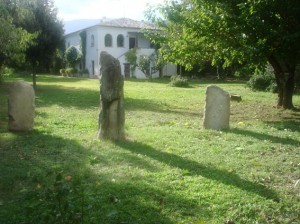
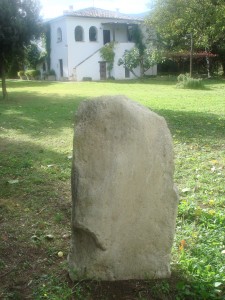
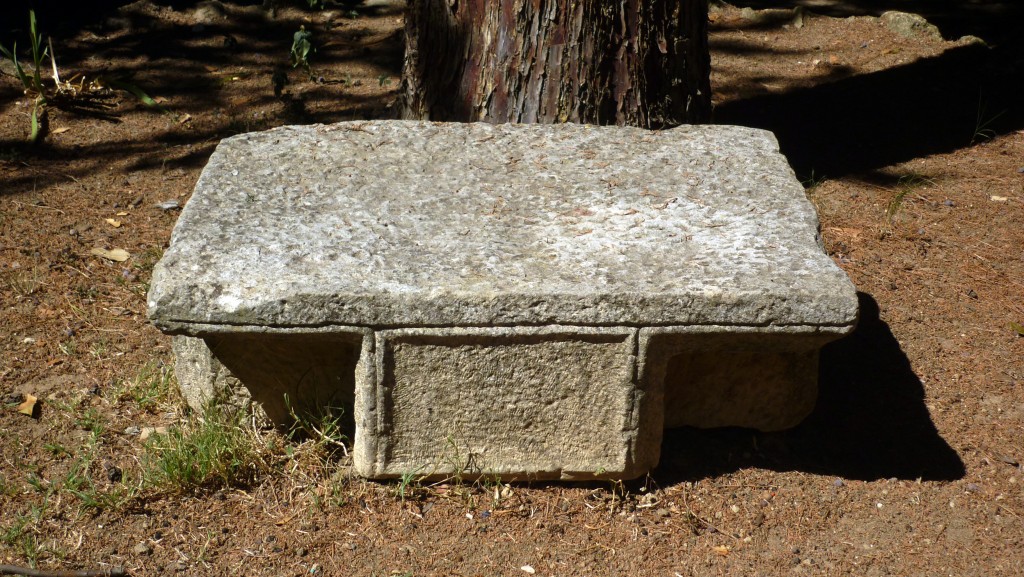


 English
English  Italian
Italian 
